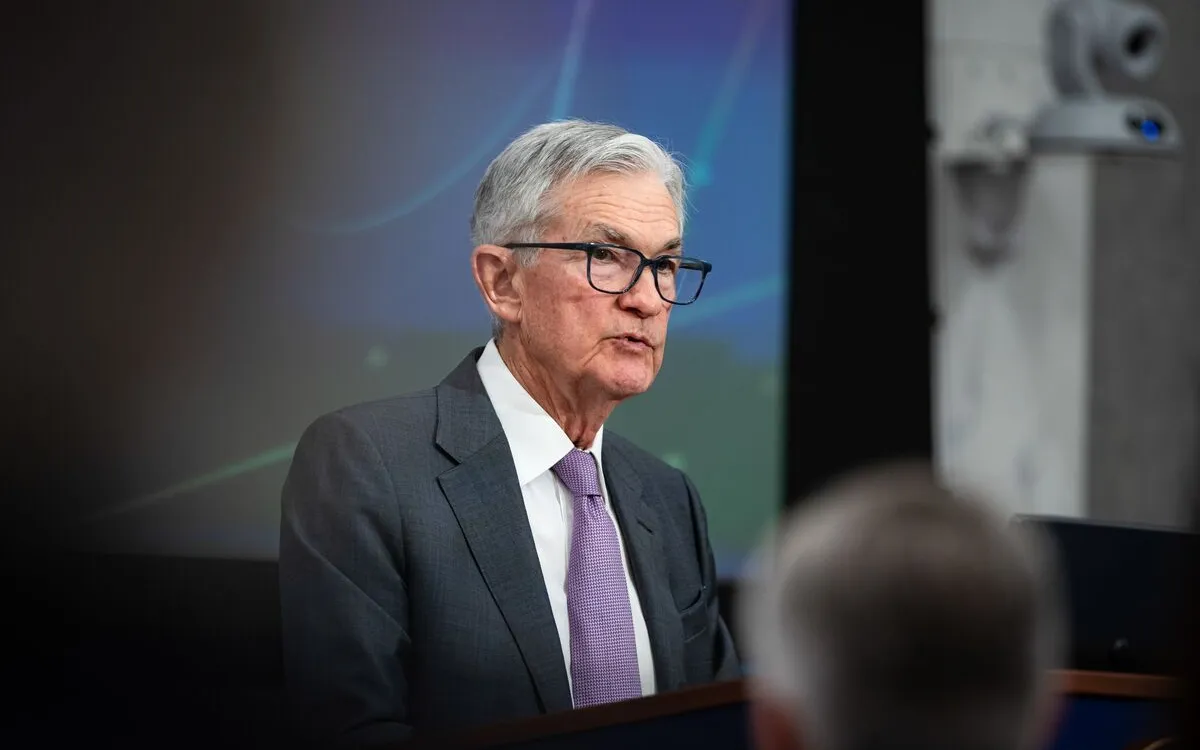
As the Federal Reserve officials signal a prolonged hold on interest rates, investors and economists are eagerly awaiting insights from Chair Jerome Powell this week. They are particularly interested in understanding what factors might eventually prompt the central bank to initiate a rate adjustment, and the potential timeline for such a move.
The prospect of a fourth consecutive meeting without a rate cut could lead to renewed criticism from President Donald Trump, who has consistently advocated for lower interest rates to stimulate economic growth. The tension between the administration and the Federal Reserve is palpable, as the central bank remains focused on economic indicators and inflationary pressures.
However, policymakers have made it clear that any decision regarding interest rates hinges on the resolution of significant uncertainties surrounding key issues such as tariffs, immigration, and taxes. These elements play a critical role in shaping the economic landscape and will ultimately influence the Federal Reserve's strategy moving forward.
In addition to domestic factors, recent geopolitical tensions, particularly Israel’s attacks on Iranian nuclear sites, have added another layer of uncertainty to the global economy. Such developments could have far-reaching implications for markets and economic stability, further complicating the Federal Reserve's decision-making process regarding interest rates.
As this week unfolds, all eyes will be on Chair Jerome Powell for guidance. Investors and analysts alike will be keen to decipher any signals that might indicate the Federal Reserve's next steps in light of the prevailing economic conditions and geopolitical events.